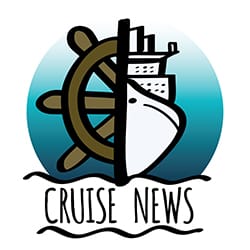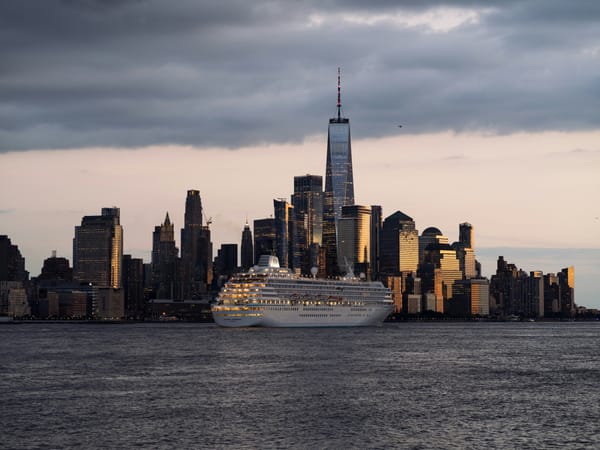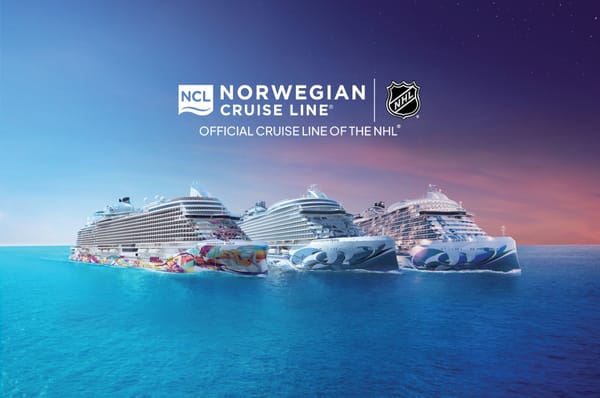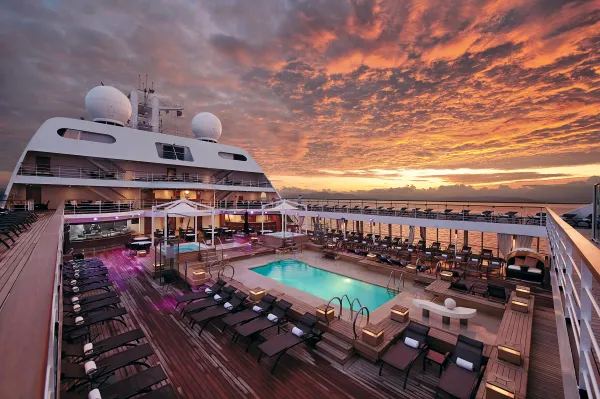Britain’s Cruise Ports Set New Records in Passenger Arrivals and Ship Calls
Britain’s ports are seeing historic visitor numbers and significant investment, reflecting the nation’s growing stature as a destination in the global cruise industry.
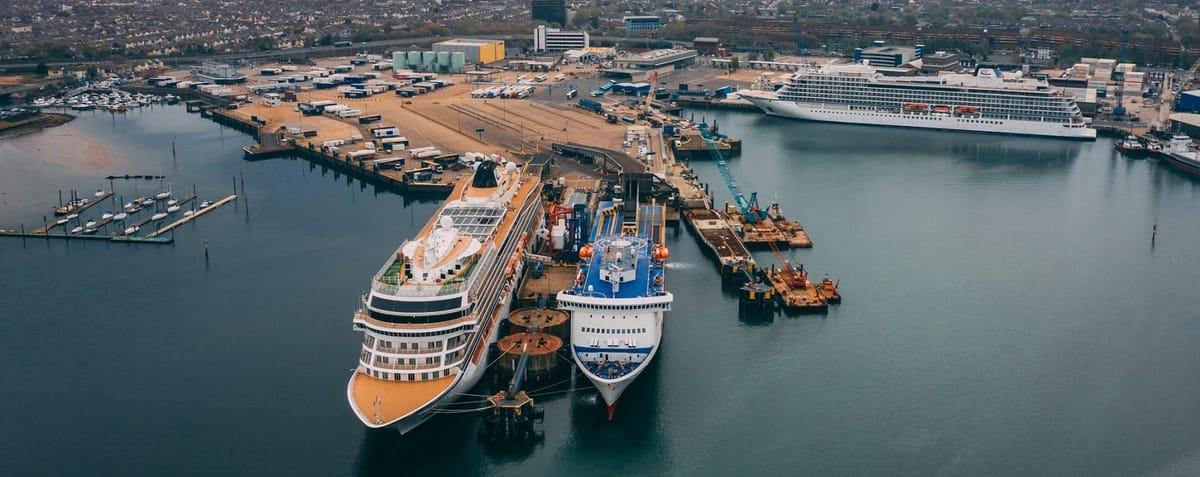
Britain’s cruise sector is demonstrating impressive momentum in 2024, fueled by a record-setting 2,500-plus ship calls nationwide, a first-ever surpassing of 1.6 million embarkations at British ports, and more than two million transit passengers visiting for the day. Cruise Britain reports that May marked the highest monthly activity, while 57 ports across England, Scotland, and Wales helped accommodate 134 vessels, around one-third of the world’s ocean-going cruise fleet. Taken together, these milestones underscore Britain’s rising profile as a major cruise tourism hub on the global stage.
Record-Breaking Calls and Passenger Figures
The 2024 period saw continued growth in both embarkations and day-visit arrivals. Embarkations rose 9.9 percent year over year, reaching 1.6 million. Transit passenger counts exceeded two million, with roughly three-quarters coming from overseas. Visitors from the United States and Germany led these international markets, reflecting strong appeal for Britain-based itineraries. Ian McQuade, chair of Cruise Britain, highlighted, “Ports welcomed a cruise ship in 2024, in line with historical figures, and our service providers are the backbone of every successful call and guest experience. The number of ships calling into the UK has reached 134, which represents around a third of the world’s ocean-going cruise ship fleet.”
Economic Contributions to Coastal Communities
Each visiting transit guest contributes an average of £80 through local spending on shore excursions, dining, and shopping, amounting to approximately £170 million injected into coastal economies. Beyond this direct consumer spending, port operations and infrastructure investments throughout the UK further add to the sector’s economic footprint. With expanding passenger volumes, many local businesses report a boost in tourism-led activity, including increased sales in retail and hospitality.
Infrastructure Advancements and Future Outlook
Several British ports have undertaken extensive upgrades to accommodate larger, modern cruise ships. The Port of Dover recently completed improvements allowing vessels up to 350 meters in length to dock, reinforcing its capability to handle a broader range of ship sizes. Southampton, the nation’s largest cruise port, also anticipates heightened arrivals and ongoing expansion, building on the record success of the current season.
Diverse, multi-country itineraries across the British Isles have further amplified the region’s appeal. Cruise Britain marked the first anniversary of its Memorandum of Understanding (MOU) with Cruise Ireland, designed to encourage collaboration and marketing efforts. This partnership spotlights the allure of combined British and Irish sailings, attracting both domestic and overseas visitors eager to explore multiple destinations in a single voyage.
Frequently Asked Questions (FAQs)
How many cruise calls did Britain welcome in 2024?
Over 2,500 cruise calls were recorded across UK ports, marking a new high point for the country’s expanding cruise industry.
What are transit passengers, and why are they significant?
Transit passengers are those who visit a port for the day as part of their cruise itinerary but neither embark nor conclude their journey there. Each transit guest spends an average of £80 on tours, dining, and shopping, making them a crucial source of local revenue.
Which UK ports have undergone recent upgrades?
The Port of Dover has completed significant enhancements enabling ships up to 350 meters in length to dock. Southampton is also adding capacity, driven by expectations of a continuing rise in cruise arrivals.
Who are the main source markets for cruise passengers visiting the UK?
International guests account for the majority of transit visitors, with the United States and Germany standing out as key contributors to the growing influx of overseas travelers.
With infrastructure expansions, rising passenger numbers, and deepening regional partnerships such as the Cruise Ireland collaboration, the future of Britain’s cruise sector appears poised for continued growth. As both domestic and international travelers increasingly seek diverse cruise itineraries, UK ports and coastal communities are set to benefit from sustained economic gains in the years ahead.
